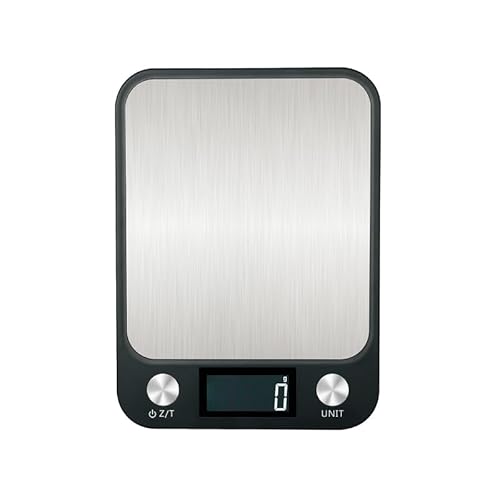Hi, new to soap making. So new i’ve not actually tried it yet.
I am wanting to make an exfoliating hand soap, and have a few questions before i start spending some ££money.
I am wanting to make an exfoliating hand soap, and have a few questions before i start spending some ££money.
- As its for exfoliating / cleaning dirty hands, what oils / additives can i use to also make it moisturising
- is cold process an appropriate technique for this ? Or would a hot process have any benefits, im thinking bigger volumes down the line
- What are the most suitable abrasive things i can add into the soap to help remove dirt, eg pumice?
- What additives / base materials can be used to create a hard soap that lasts? if this is used for ‘scrubbing’ dirt i want a fairly hard soap over lather
- Full curing time, what can be used within the soap, or processes to help cure the soap quicker than 4-6 weeks
Last edited:

















![[Latest] 21 Pack Dried Flowers for Candle Making, 100% Natural Dried Herbs Kit for Soap Making, Bath, Resin Jewelry Making, Bulk Dried Flowers Include Lavender, Rose Petals, Rosebuds, Leaves, Lemon.](https://m.media-amazon.com/images/I/61rGf9Frw4L._SL500_.jpg)

























